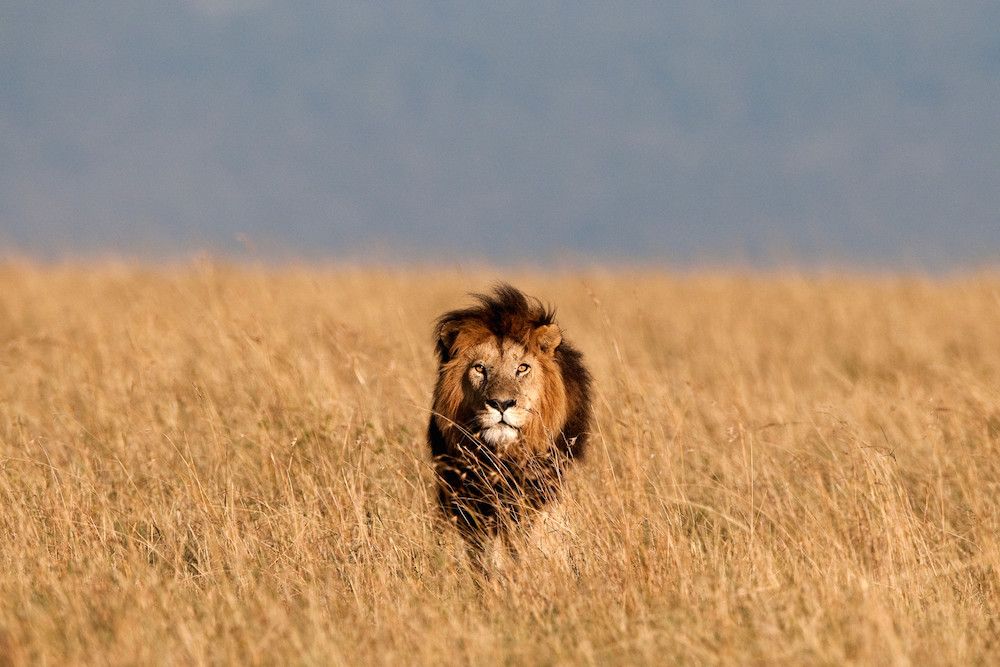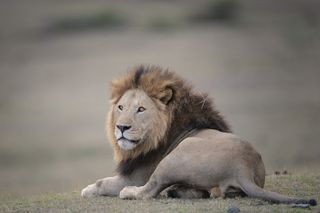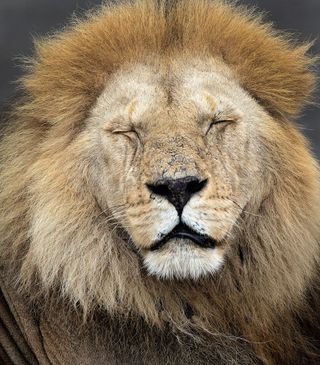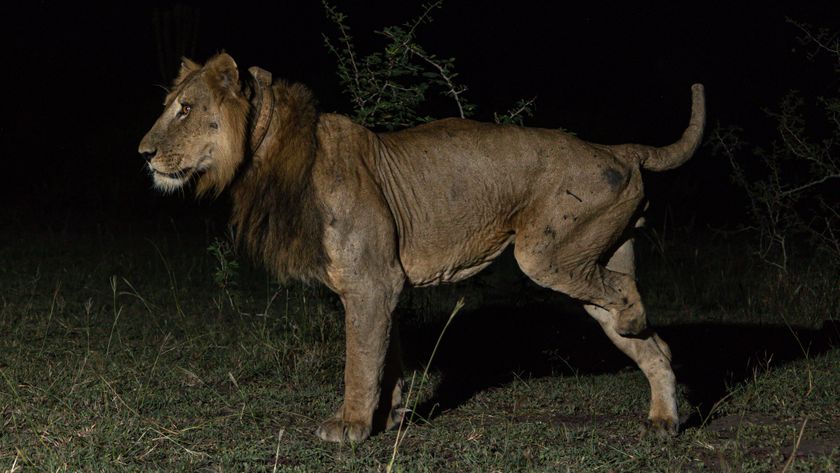Cecil the Lion: Do Paid Hunting Permits Help Save Wildlife?

An American dentist who shot a famous 13-year-old lion, named Cecil, in Zimbabwe spent about $54,000 in permits to kill the top carnivore, according to news sources. Money from sports-hunting permits can fund protected parks that shelter wildlife and engage local communities in animal management, but does paying such exorbitant fees actually help or hurt wildlife conservation?
The answer is a mix of both, said Kathleen Garrigan, a spokeswoman for the African Wildlife Foundation, a nonprofit group headquartered in Kenya that promotes the protection and conservation of wildlife in Africa.
In Cecil's case, Dr. Walter Palmer, a dentist from Minnesota, traveled to Zimbabwe to hunt big game. [In Photos: A Lion's Life]
"I hired several professional guides and they secured all proper permits," Palmer said in a statement. "To my knowledge, everything about this trip was legal and properly handled and conducted."
The group reportedly tied a dead animal carcass to a vehicle and lured Cecil out of Hwange National Park, a protected area, in early July, according to news sources. Palmer reportedly shot Cecil with a crossbow, but the lion didn't die immediately. Instead, Palmer tracked the lion for about 40 hours, and then killed him with a gun, news sources said.
Animal trophies
The death of Cecil, a popular lion that was part of an Oxford University study on GPS animal tracking, has ignited a debate about the nature of sports hunting.
Sign up for the Live Science daily newsletter now
Get the world’s most fascinating discoveries delivered straight to your inbox.
Sport hunting fees can help sustain animal conservation if the species being hunted aren't facing extraordinary threats, and if the government or other permit-granting organizations are transparent about how they spend the money on conservation, Garrigan said.

But all too often, the hunted animals are threatened, and many governments don't enforce sport-hunting regulations or offer transparency about how the money is spent, she said.
However, there are cases in which well-regulated and well-managed sport hunting has contributed to the conservation of a species, Garrigan told Live Science. The southern white rhino is one such success story.
"Amid the many efforts to save the white rhino from extinction at the turn of the 20th century, the hunting industry in South Africa played a role in encouraging private landowners to take on rhinos, breed them, relocate them to depopulated areas and make money from sport hunting while doing it," she said. [In Photos: Endangered and Threatened Wildlife]
Conservationists estimate that there were fewer than 100 white rhinos left after hunters almost wiped them out in the early 1900s. Now, after several decades of charging for sport hunting and investing in rhino preservation, there are about 20,000 southern white rhinos living today, she said. (The southern white rhino is different from the northern white rhino, of which there are only four known individuals left.)
Furthermore, a number of community-owned wildlife management areas and conservancies throughout Africa receive money from sustainable hunting, Garrigan said. These largely impoverished areas are not suitable for ecotourism, and rely on hunting fees to bring in revenue, she added.
Permits and fees
Some African countries, such as Namibia, are recognized for their transparency in showing how revenue collected from hunting permits is used for animal conservation, Garrigan said. But others, such as Zimbabwe and Tanzania, are less forthright.
"I think, if we did see a more transparent process and we did see that a lot of this revenue was going to conservation or local communities, then you would have a stronger case for hunting," she said. "But right now, it's not clear where that revenue goes."
In some cases, poorly regulated hunting leads to unsustainable killings that, in the end, contribute to a species' decline, Garrigan said.

Even though sports hunting may have helped the white rhino (a species still targeted by poachers), issuing permits for a threatened or endangered species is concerning, she said. For instance, lions, elephants and rhinos face myriad threats, including habitat loss, poaching, unsustainable sport hunting, disease and conflict with humans.
"For these species, we absolutely oppose any human activities that contribute to additional mortalities, and that includes sport hunting," Garrigan said.
Sometimes, governments ban the hunting of a species in the midst of a population decline but then reverse the ban once the species rebounds. This can be done with the intention to control the animal's population as well as generate revenue from sport hunting, Garrigan said.
However, this process also needs to be done transparently, she added.
"With regard to any sort of hunting industry in these countries, we need to know the precise numbers of animals" — information that's not always available, Garrigan said. "Based on that and based on science, you need to determine if you're going to allow hunting and what is a sustainable offtake," she added.
Once a number is calculated, the country needs an enforceable system that manages and oversees quotas in order to ensure that animals are being hunted legally. The public needs to know that "the hunting operators are obeying the law," Garrigan said.
Follow Laura Geggel on Twitter @LauraGeggel. Follow Live Science @livescience, Facebook & Google+. Original article on Live Science.

Laura is the archaeology and Life's Little Mysteries editor at Live Science. She also reports on general science, including paleontology. Her work has appeared in The New York Times, Scholastic, Popular Science and Spectrum, a site on autism research. She has won multiple awards from the Society of Professional Journalists and the Washington Newspaper Publishers Association for her reporting at a weekly newspaper near Seattle. Laura holds a bachelor's degree in English literature and psychology from Washington University in St. Louis and a master's degree in science writing from NYU.











